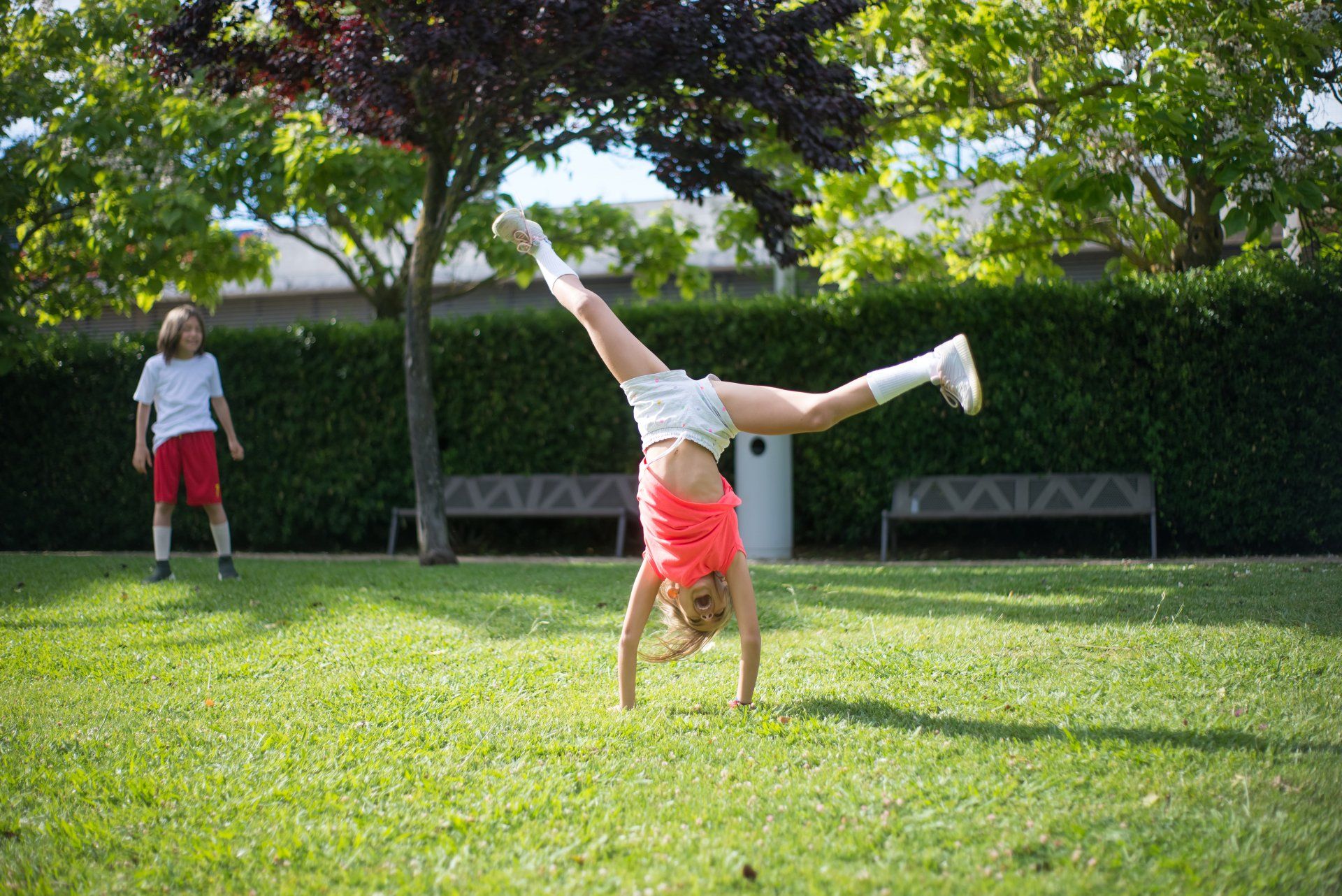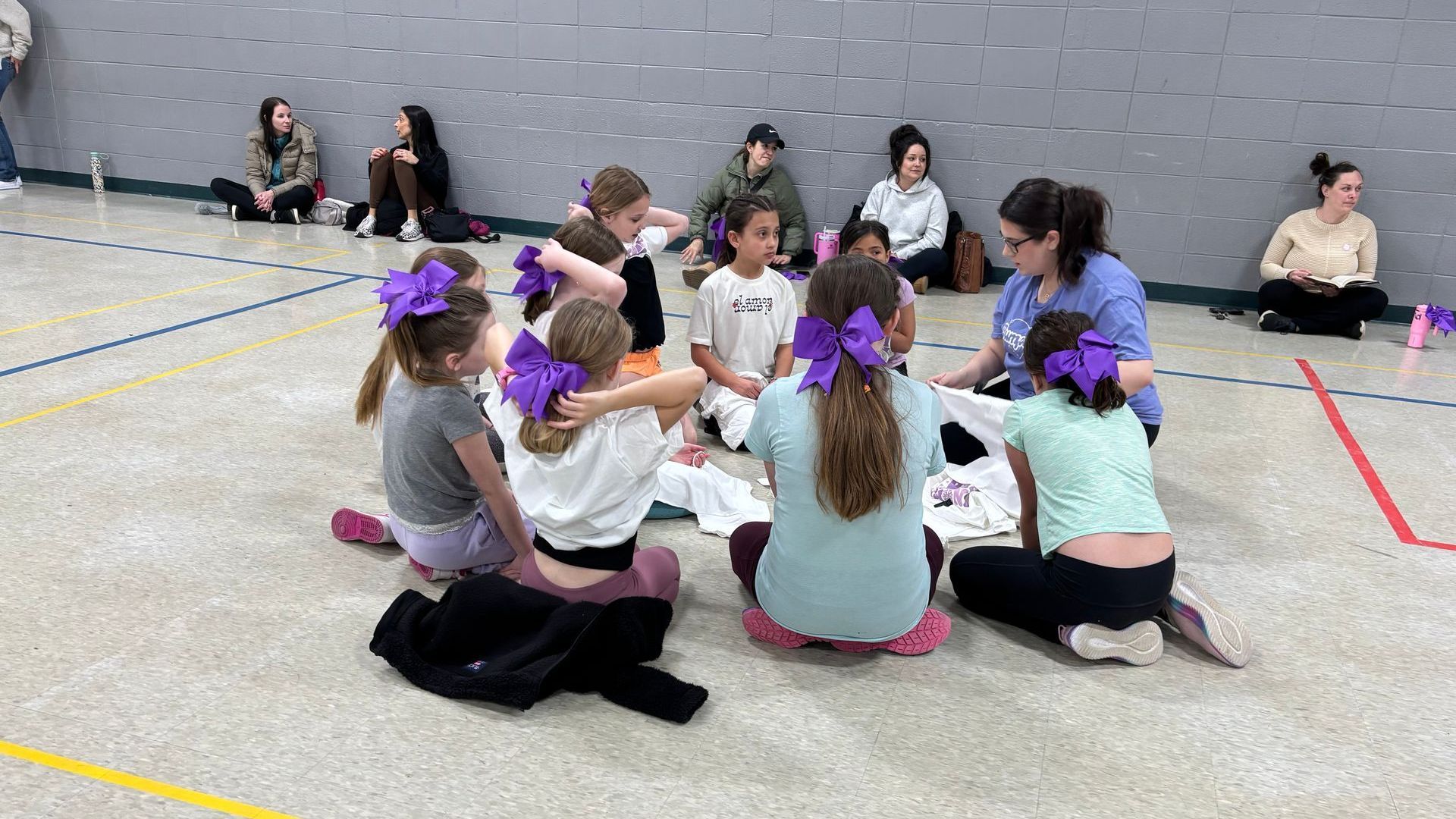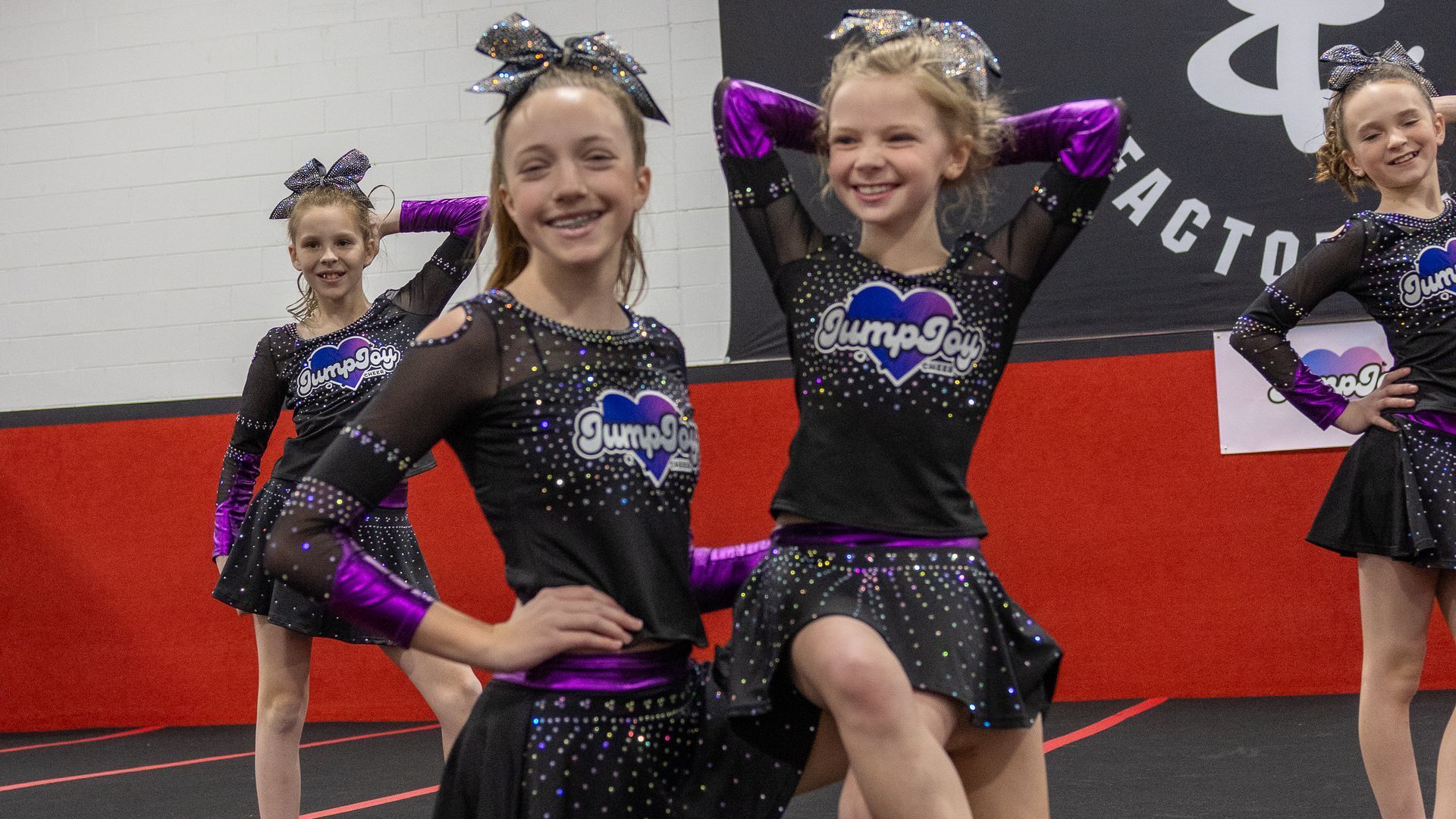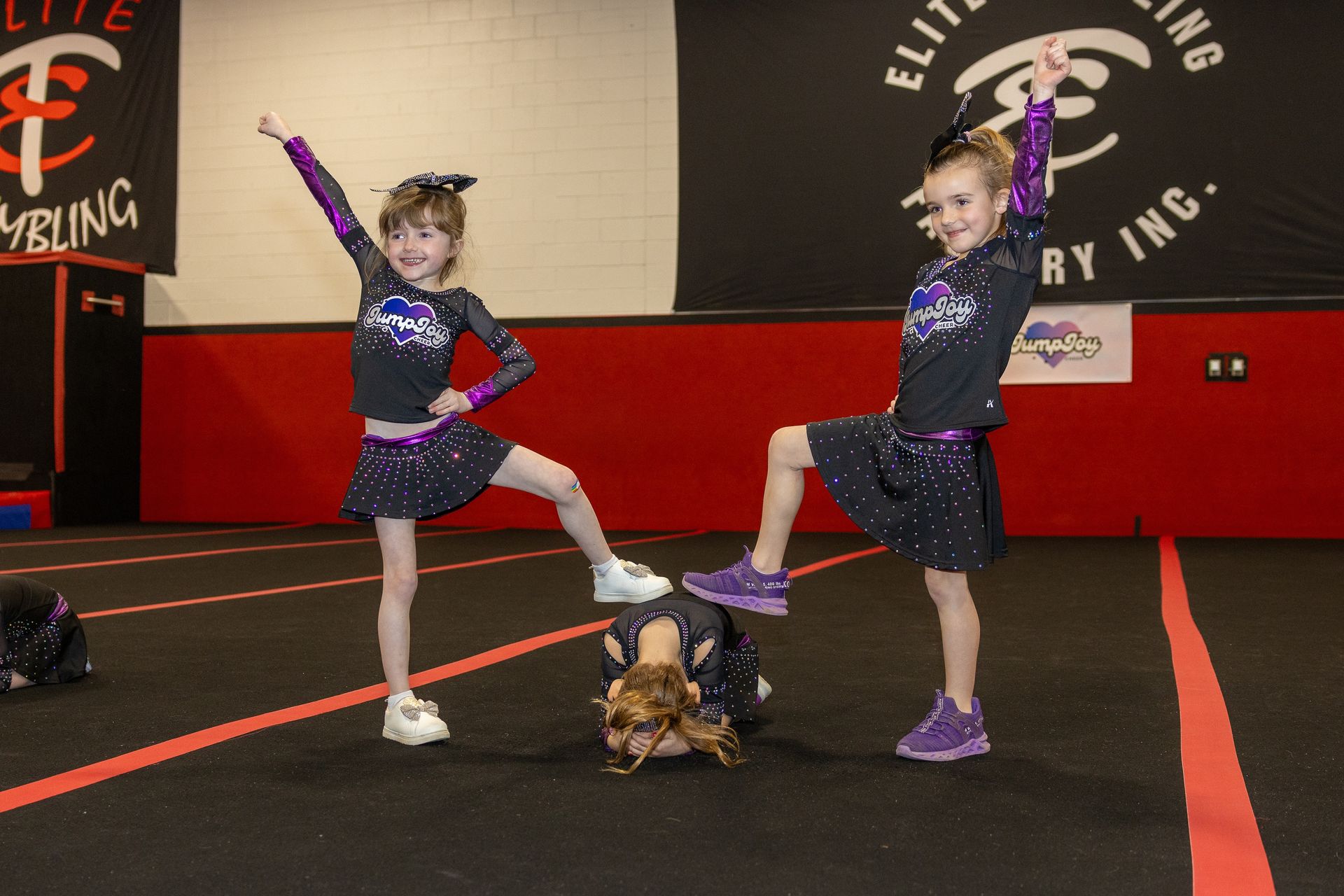Decoding the Difference: Cheer Tumbling vs. Gymnastics
Cheer 101

In the world of acrobatics and athleticism, the distinctions between cheer tumbling and gymnastics might seem subtle to the untrained eye. Both involve flips, twists, and gravity-defying feats, but there are nuanced differences that set them apart. Whether you're considering taking up one of these disciplines or just curious about the contrast, let's delve into the specifics.
**Foundation and Purpose**
Gymnastics is an ancient sport that focuses on performing exercises requiring physical strength, flexibility, agility, coordination, balance, and endurance. It's deeply rooted in structured routines and competitions, emphasizing form, technique, and execution across various apparatuses like the floor, balance beam, uneven bars, and vault.
On the other hand, cheer tumbling, as the name suggests, is primarily a component of cheerleading. While gymnastics is a sport in itself, cheer tumbling serves as a supportive skill set for cheerleaders, enabling them to perform dynamic stunts, jumps, and tumbling passes to energize crowds and enhance routines during cheerleading performances.
**Skill Sets**
In gymnastics, athletes master a wide range of skills across different apparatuses. They perform routines that include jumps, leaps, turns, and acrobatic elements such as flips, twists, and somersaults. Gymnasts develop precise techniques, spending hours perfecting their movements to achieve seamless performances judged on execution, difficulty, and artistry.
Cheer tumbling, while sharing some similarities with gymnastics, is more focused on specific skills that complement cheerleading routines. These skills often include standing and running tumbling passes, jumps, and combinations that seamlessly integrate into cheer routines. Cheer tumbling emphasizes power, speed, and synchronization with teammates to enhance the overall performance and excitement of cheerleading routines.
**Training and Techniques**
Gymnastics training typically involves rigorous drills, conditioning, and repetition to perfect skills and routines. Coaches emphasize proper technique, body positioning, and form to ensure safety and maximize performance. Gymnasts often start training at a young age, building a strong foundation in basic skills before progressing to more advanced elements.
In contrast, cheer tumbling training is tailored to the needs of cheerleading routines. While athletes still focus on developing strength, flexibility, and technique, the emphasis is on skills that can be seamlessly integrated into choreographed routines. Cheer tumbling training often includes group stunts and synchronized tumbling passes to enhance teamwork and coordination among team members.
**Performance Environment**
The performance environments for gymnastics and cheer tumbling also differ significantly. Gymnastics competitions take place in formal settings such as gymnastics clubs, arenas, or gymnasiums, where athletes perform routines individually or as part of a team in front of judges and spectators.
Cheer tumbling, on the other hand, is primarily performed as part of a cheerleading routine during sporting events, pep rallies, or cheerleading competitions. The focus is on engaging the crowd, supporting the team, and creating excitement through dynamic stunts, jumps, and tumbling passes.
**Conclusion**
While cheer tumbling and gymnastics share common elements such as flips, twists, and athleticism, they serve different purposes and thrive in distinct environments. Gymnastics is a structured sport that focuses on individual and team performances across various apparatuses, emphasizing technique, precision, and artistry. In contrast, cheer tumbling is a component of cheerleading, emphasizing dynamic skills that enhance routines and energize crowds.
Whether you're drawn to the disciplined world of gymnastics or the spirited atmosphere of cheerleading, both disciplines offer unique opportunities for athletes to showcase their skills, athleticism, and passion for movement.
Jump Joy Cheer Blog



